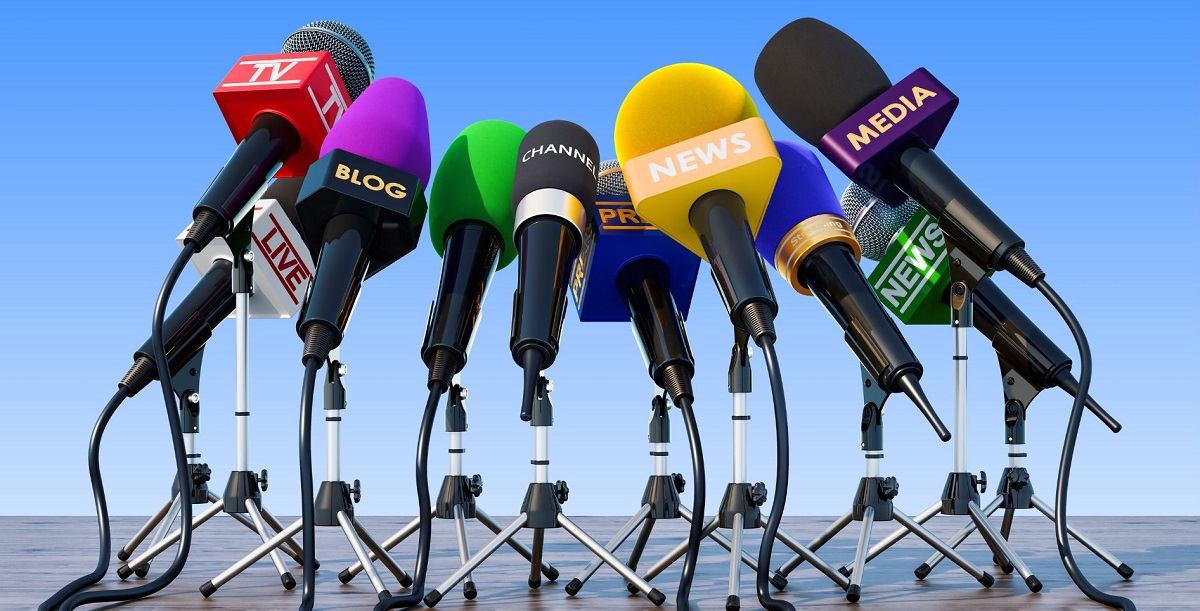A media interview is a conversation between a journalist and a news subject that will be used for TV or radio. The interviewee does not usually have the questions in advance, but they should take time to prepare answers to likely questions. The interview might be in-person, over the phone, or via video chat.
In today’s fast-paced and interconnected world, media interviews have become a vital tool for individuals and organizations to communicate their message to the target audience. Whether you’re a seasoned spokesperson or facing your first time in the spotlight, mastering the art of media interviews is crucial.
This article explores key strategies and skills, including media training, delivering key messages, and explores the techniques and best practices for engaging with different audiences.
What Are The Different Types Of Media Interviews?
Media interviews provide an opportunity to reach a broad audience and expand public relations efforts. You can maximize your exposure by strategically selecting media outlets with an extensive reach, such as the BBC or prominent talk shows.
Here are some of the most common forms of media interviews:
- Press interview: A traditional media interview conducted by journalists from newspapers, magazines, or news organizations to gather information and quotes for a story.
- Broadcast interview: An interview conducted for radio or television platforms, on-air or recorded for later broadcast, to discuss a particular topic or share expert opinions.
- Online interview: A digital interview conducted through video conferencing platforms or recorded videos, typically for online publications or podcasts.
- Phone interview: An interview conducted over the telephone, commonly used when face-to-face interaction is not feasible or for quick information exchanges.
- Panel interview: An interview format where a group of interviewers asks questions to a single interviewee, often used in formal settings or for high-profile individuals.
- Roundtable interview: An interview format where multiple interviewees engage in a discussion led by a moderator, allowing for different perspectives on a particular subject.
- Press conference: An interview setting where a public figure or organization simultaneously presents information to a group of journalists, typically for major announcements or media briefings.
- One-on-one interview: An interview between a single interviewer and interviewee, allowing for a more personal and in-depth conversation.
- Journalist-hosted interview: An interview conducted by a journalist who acts as both the interviewer and the host, leading the conversation and asking questions in an engaging manner.
- Celebrity interview: An interview featuring a well-known personality, focusing on their personal life, career, and current projects, often conducted by entertainment or lifestyle journalists.
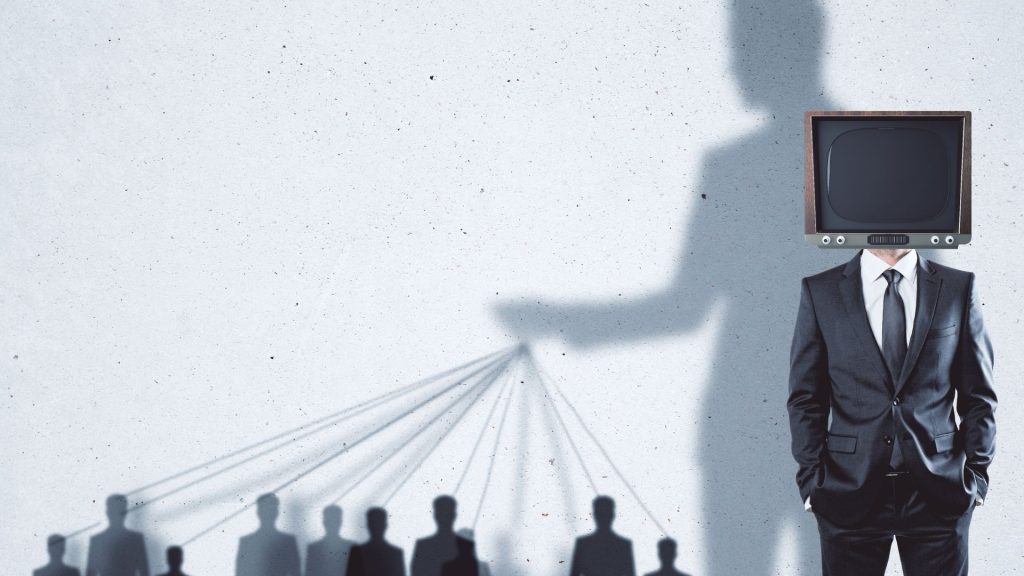
What Is A Radio News Interview?
A radio news interview is a media interview where a journalist or host asks an interviewee questions to gather information or provide insights on a specific news topic or event. The interview is typically conducted live or recorded for later broadcast on a radio station.
The primary goal of a radio news interview is to inform listeners by offering expert analysis, firsthand accounts, or diverse perspectives on current affairs or significant developments.
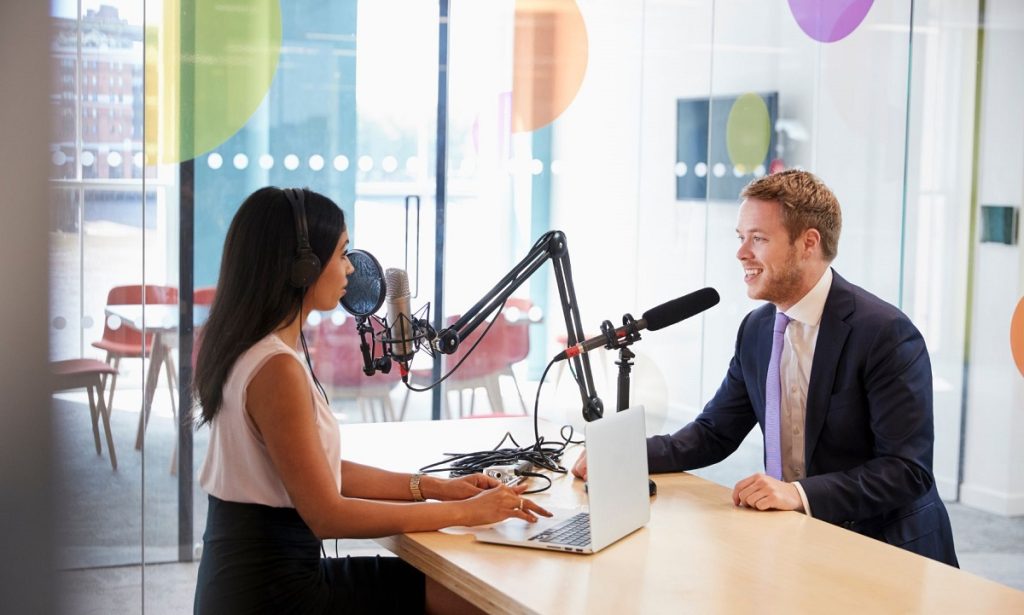
What Should You Expect In A Radio Interview?
In a radio interview, you should expect to be asked a series of questions by the host or interviewer, focusing on the topic or subject matter at hand. The interviewer may seek your expertise, insights, or personal experiences related to the subject being discussed.
Radio programs often have an airtime constraint, so you should anticipate the need to provide concise and compelling responses within a limited timeframe. Additionally, be prepared for follow-up questions or potential challenges to your statements, as interviewers may seek to engage in a dynamic and thought-provoking conversation with you.
What Is A TV Interview?
A TV interview is a media interview conducted on television, where an interviewer asks questions to an interviewee in front of a camera. The interview is broadcasted to a wide audience, combining visual and auditory elements to convey information and engage viewers.
During a TV interview, the interviewee is typically seated or standing in front of the camera while responding to questions posed by the interviewer. The interview is often accompanied by visual aids such as graphics, images, or video clips to enhance the understanding of the topic.
The interviewee’s body language, facial expressions, and overall demeanor play an important role in conveying their message and establishing a connection with the viewers.
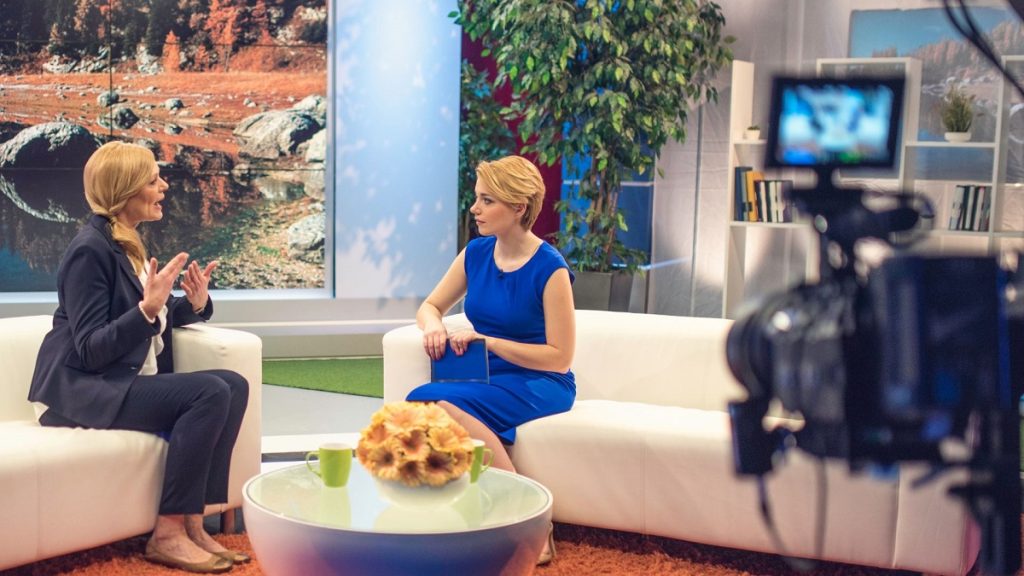
How Does A TV Interview Differ From A Radio Interview?
A TV interview differs from a radio interview in that it involves visual and auditory elements, allowing viewers to see the interviewee and any accompanying visuals while hearing their responses. This visual aspect adds an extra layer of communication and engagement that is absent in a radio interview, which relies solely on audio.
Additionally, TV interviews often have a more structured and polished format, incorporating multiple camera angles, editing, and graphics or visual aids. In contrast, radio interviews have a more conversational tone and a freer flow of discussion without the visual components.
What Is A One On One Interview?
A one-on-one interview involves a single interviewer conversing directly with an individual interviewee. This format allows for a more intimate and personalized exchange of ideas, insights, and perspectives on a particular topic.
During a one-on-one interview, the focus is typically on the interviewee, providing an opportunity for in-depth exploration of their expertise, experiences, or viewpoints. The absence of other participants in the interview allows for a deeper level of engagement and a more comprehensive understanding of the interviewee’s perspective.
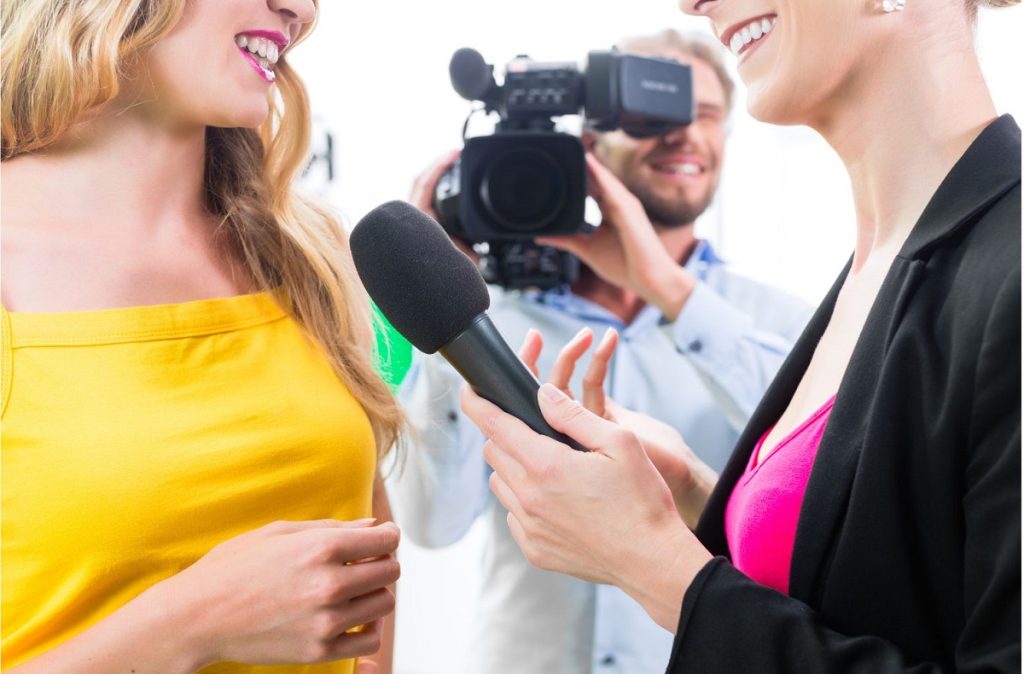
Is A Media Interview An Impromptu Speech?
Most experts classify a media interview as an example of an impromptu speech. Impromptu speech typically refers to spontaneous, unprepared remarks or responses given on the spot without prior knowledge or rehearsal.
Sometimes, a media interview involves a planned interaction between an interviewer and an interviewee, where questions are often prepared in advance, and both parties can consider their responses. While there may be elements of spontaneity or unexpected questions, the general nature of a media interview is more structured and intentional than an impromptu speech.
Most interviews fit the definition of impromptu as they may not have the topic or questions ahead of time – even though interviewees might anticipate certain questions about their policies, company, or industry.
How Should You Dress For A Media Interview?
It is advisable to dress professionally and in a manner that aligns with the expectations of the audience or the organization you represent. Opt for well-fitted attire appropriate for the occasion, such as a business suit or a conservative outfit, avoiding distracting patterns, logos, or excessive accessories.
Additionally, it’s essential to be mindful of the visual aspects of the interview. Solid, neutral colors often work well on camera; avoid bright or reflective clothing that may create distractions or interfere with the lighting.
What Image Should You Try To Project For An Interview?
You should strive to project a professional and credible image for an interview. This entails presenting yourself as knowledgeable, confident, and well-prepared for the discussion.
Maintaining a positive and approachable demeanor is essential, demonstrating good communication skills and the ability to engage with the interviewer and audience. Conveying authenticity and displaying genuine interest in the topic also establishes a connection and resonates with the viewers or listeners.
What Should I Know About Media Interviews?
Harnessing the power of the airwaves effectively significantly improves public perception of you and your brand.
Being based in influential media hubs like New York or Washington, DC, amplifies the impact of media interviews. These cities house major news outlets, increasing the likelihood of attracting the attention of both national and international media organizations.
What Should I Remember To Include In My Media Interviews?
In the fast-paced media world, using sound bites is crucial for capturing attention and resonating with audiences. Sound bites are short, memorable phrases or quotes that encapsulate the essence of a message.
Maintaining eye contact during media interviews conveys confidence, authenticity, and trustworthiness. Being mindful of body language – posture, gestures, and facial expressions – enhances the overall delivery of key messages.
How Can Technology Or Social Media Help Me With Media Interviews?
With the rise of remote communication, spokespersons must adapt to virtual interviews conducted on platforms like Zoom.
Spokespersons must navigate a diverse range of platforms, including social media, online publications, and podcasts.

